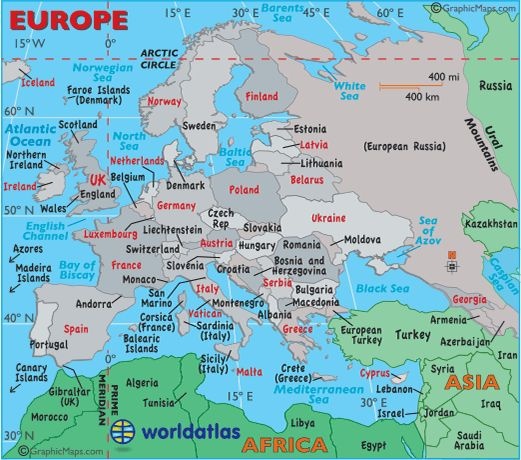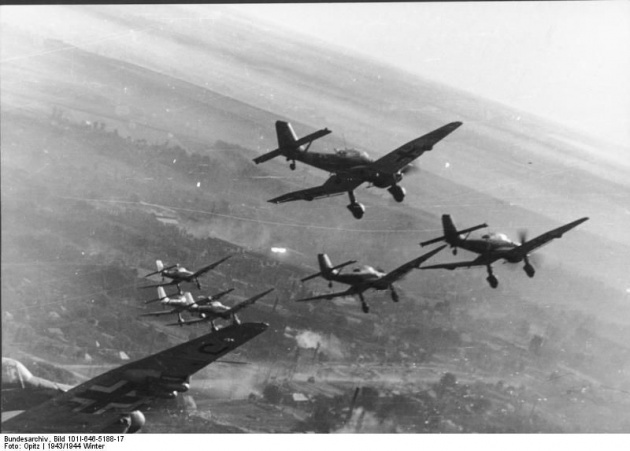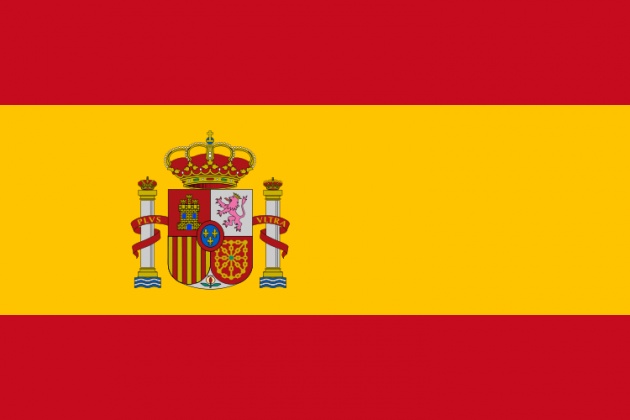What was it?
The Spanish Civil War was a bloody three-year conflict between the political right and left, which wracked Spain in the 1930s
Why did it begin?
In simple terms, it was because a military coup went wrong, but the reasons for that coup went much deeper. As Spain modernized in the 20th century, divisions grew between the right wing (representing the Church, landowners, some of the army and those with conservative beliefs) and the left wing (mainly urban workers and some of the middle class). By the early 1930s, Spain had become a democracy and this battle was fought at first in elections. A left-wing government of 1931 introduced reforms that upset the Right and so when a further election went against them in 1936, they decided to act. A military rebellion was launched. It succeeded in areas where the Right was strongest but was defeated elsewhere.
Who were the two sides?
The military rebels called themselves Nationalists. They included much of the army and were supported by the right-wing groups in Spain. General Franco became their leader. Fighting the Nationalists were the Republicans, who had stayed loyal to the elected government of the Spanish Republic. Politically, they ranged from moderates to Communists and Anarchists, making co-operation tricky.
How did Europe respond?
Fascist Italy and Nazi Germany were drawn to the Nationalists, whose right-wing views were often described as fascist as well. Mussolini and Hitler provided Franco with troops and weapons that proved invaluable. On the other side, the Soviet Union assisted the Republicans, who were closer to them politically. Meanwhile, the Republicans were also helped by anti- fascist volunteers from many different countries who fought as International Brigades.
What about Britain?
The Republicans were desperate for British assistance but Britain, along with France, chose a policy of non-intervention (France did initially send weapons to Republican forces). The other European powers signed up to this as well, yet in reality Germany, Italy and the Soviet Union ignored the agreement.
How was the war fought?
The Spanish Civil War had similarities to World War II. Air power was employed in Spain to a far greater extent than in any previous conflict and it was civilians as well as soldiers who suffered. One example was the bombing of the town of Guernica in 1937, by German and Italian planes, which killed hundreds and caused international outrage. Blitzkrieg, or ‘lightning war’, was made famous by Hitler in 1939, but that too had been tried by Franco in the early stages of the Spanish Civil War. As the war progressed, however, the Nationalists preferred not to go for the jugular. Instead they tried to wear down the Republicans in a war of attrition.
How was the war won?
The Republicans managed to defend Madrid in 1936 but they could n’t keep the Nationalists – with their superior army and weapons – at bay forever. Franco gradually pushed the Republicans into ever smaller areas of land, until, short of supplies and lacking unity, the Republic collapsed in April 1939. By that stage as many as 500,000 people had lost their lives.
How did the war affect ordinary people?
Finding yourself on the wrong side of the lines could easily prove fatal. Atrocities were committed on both sides, but the Nationalists did more of them and as part of a deliberate policy, while the Republicans tried to keep violence under control. It’s been estimated that 200,000 men and women died ‘extra-judicially’.
What happened afterwards?
Tens of thousands of Republicans were executed, while hundreds of thousands were imprisoned. Franco remained in power until his death in 1975, after which Spain was soon restored to democracy.
THE SPANISH CIVIL WAR (A Summary)
Posted on at



